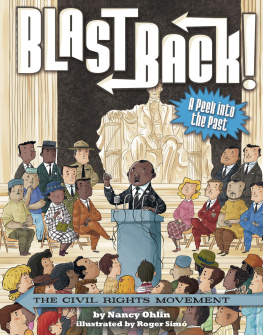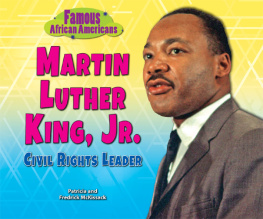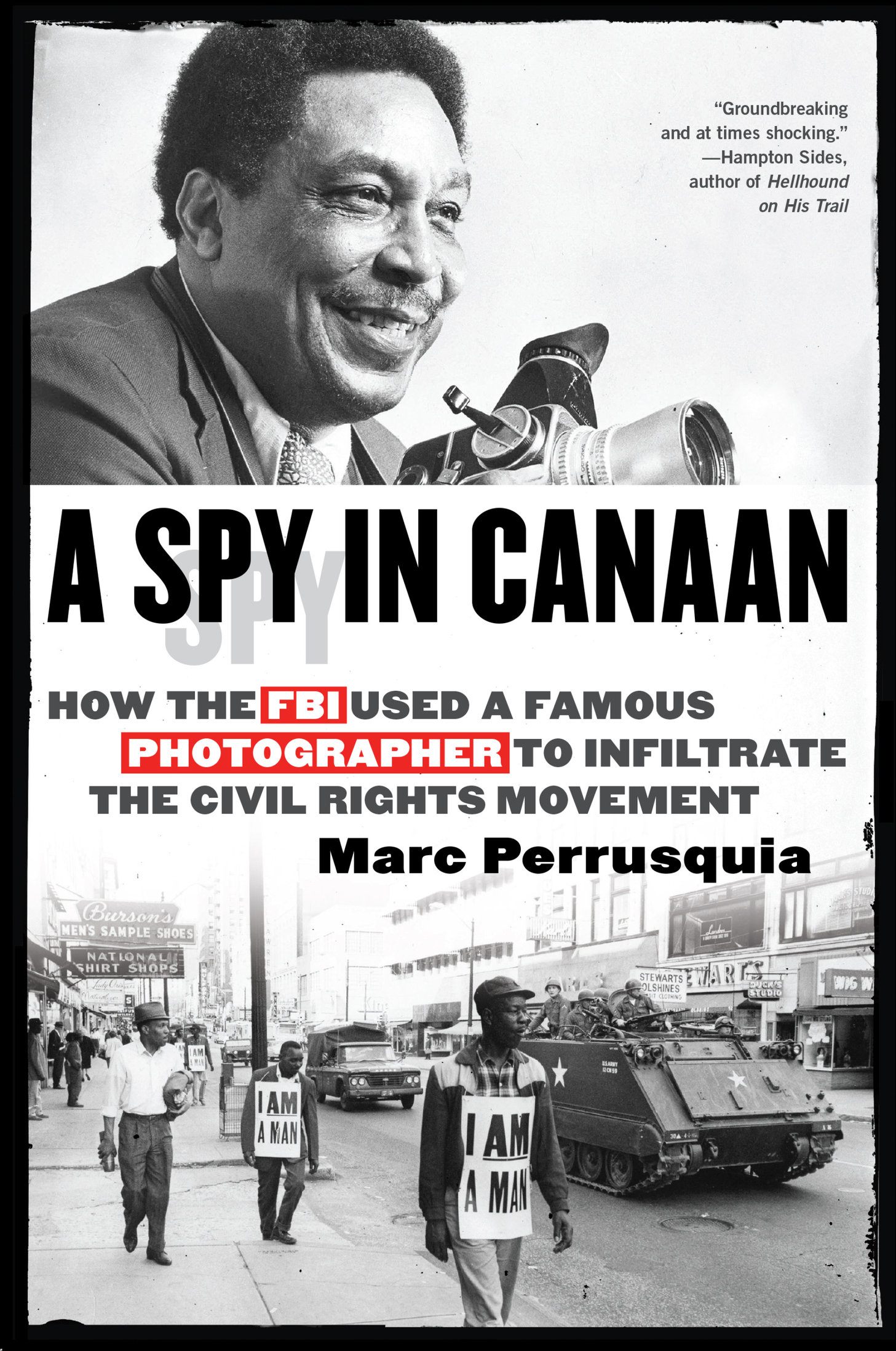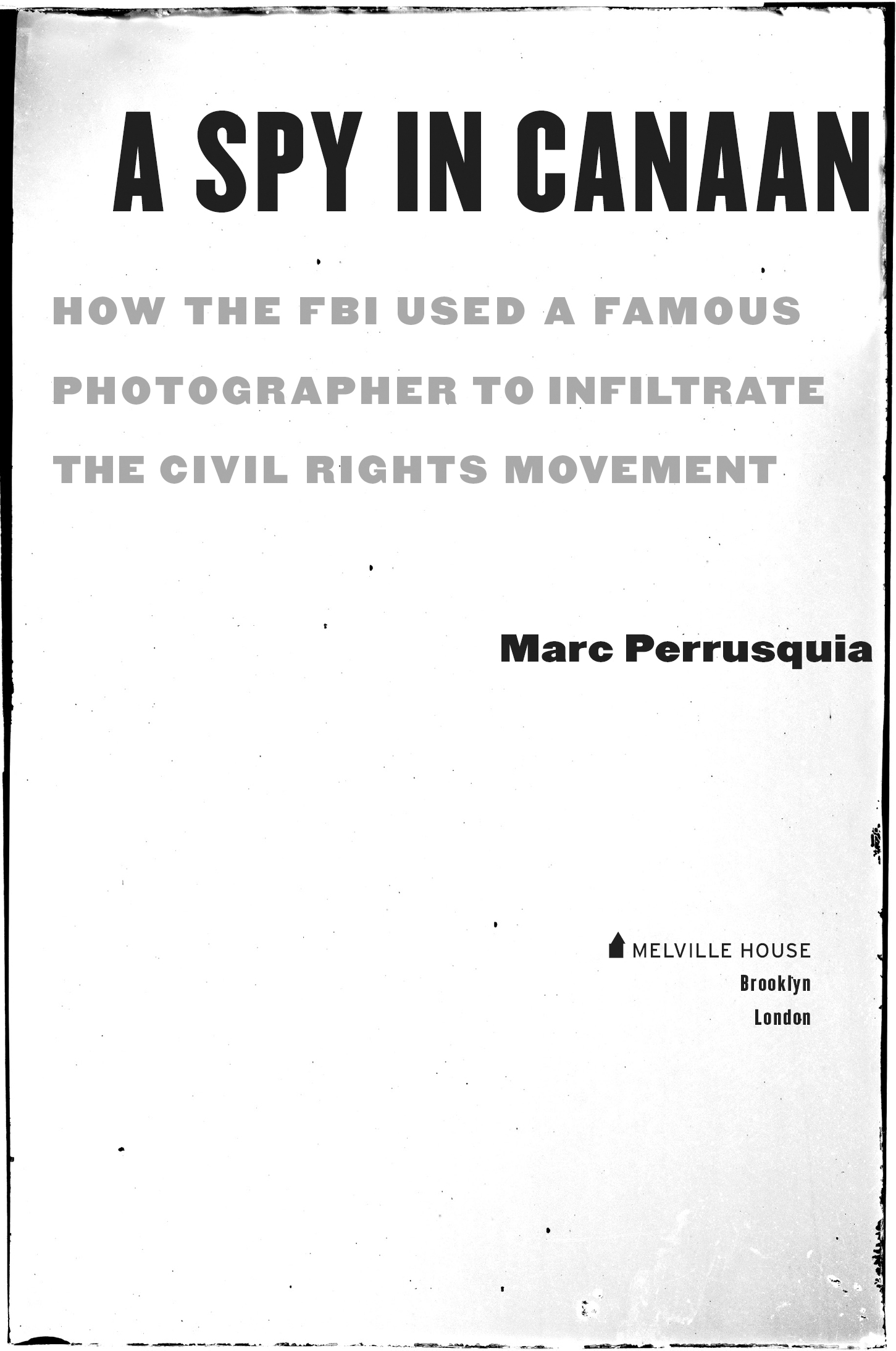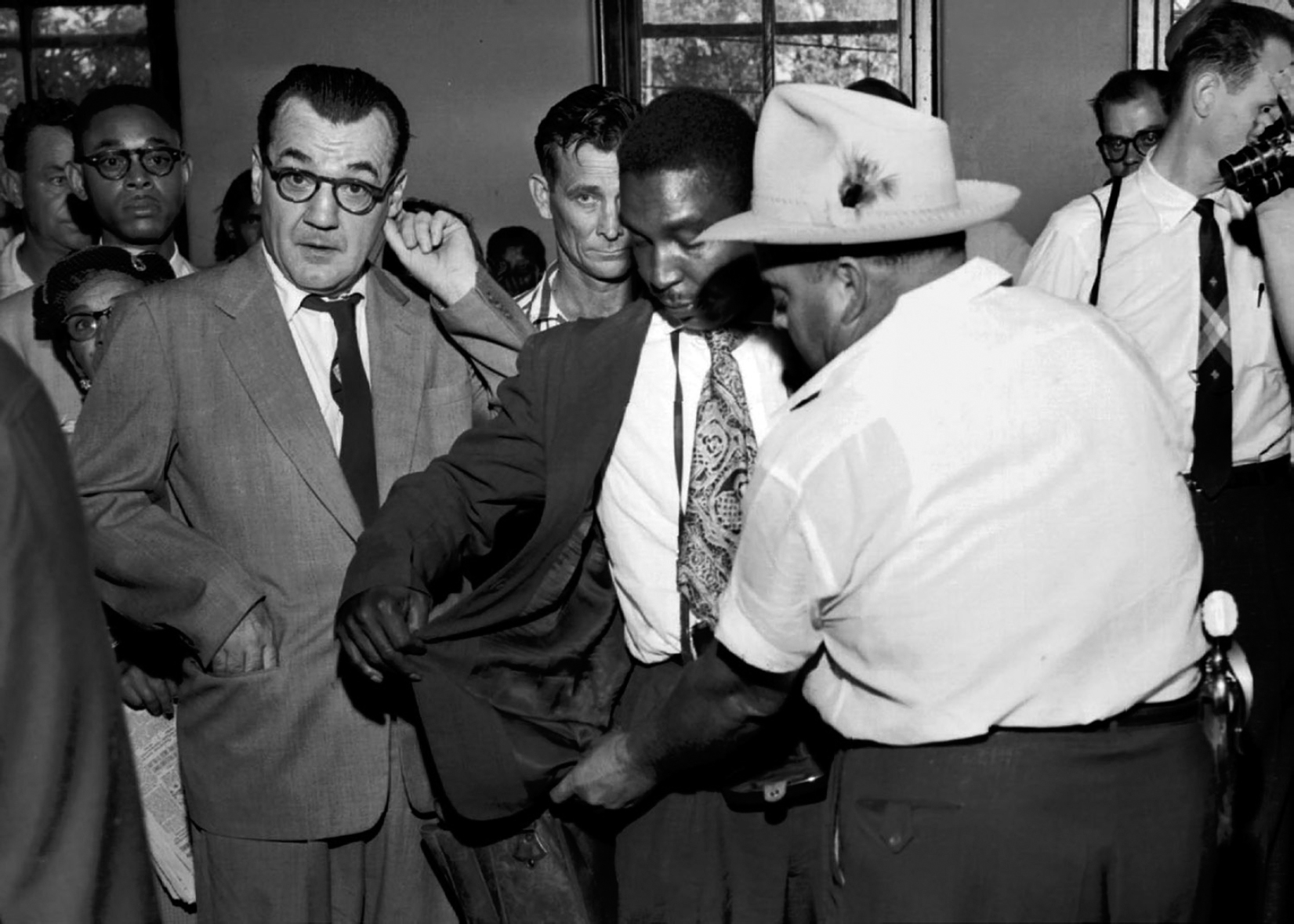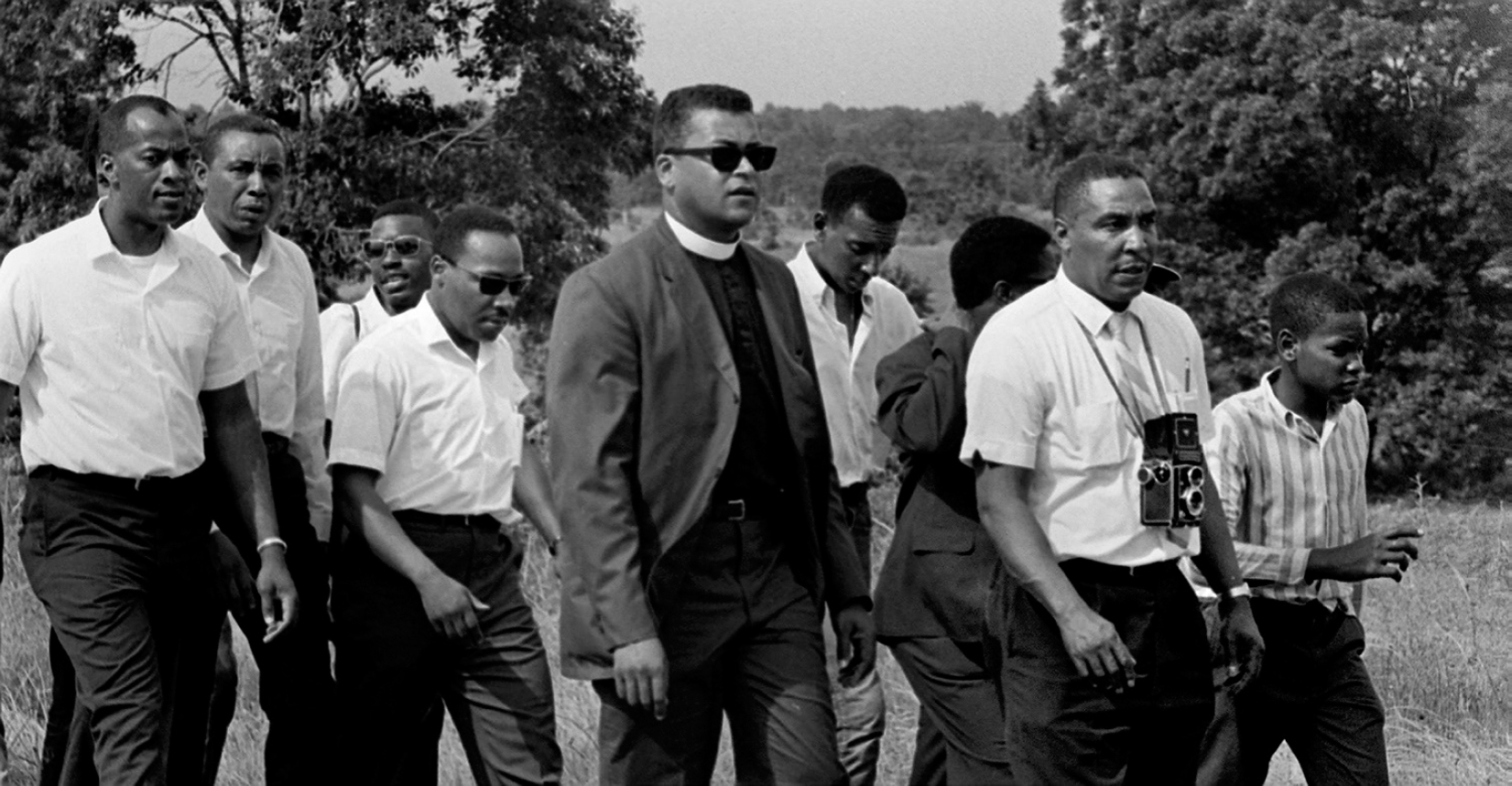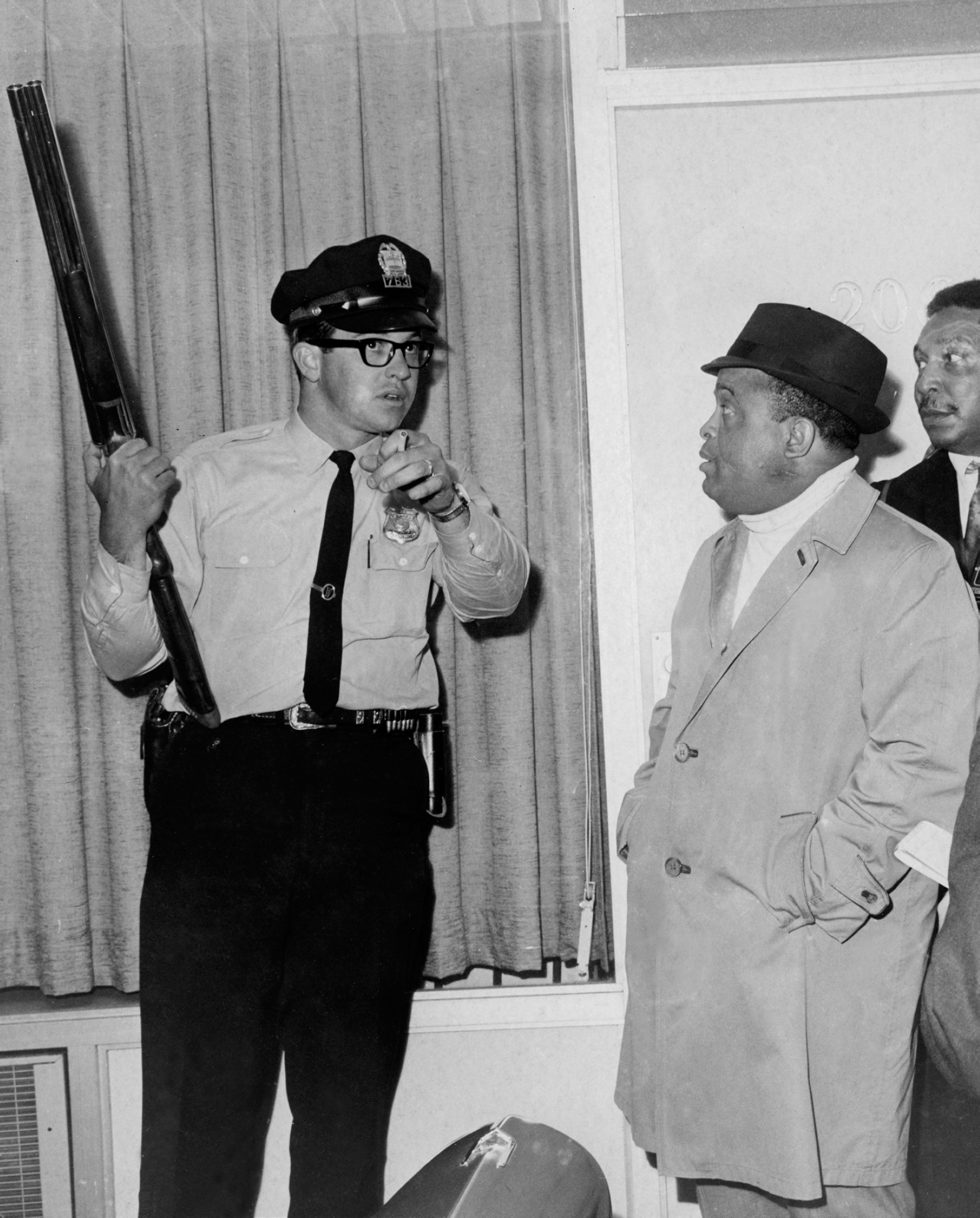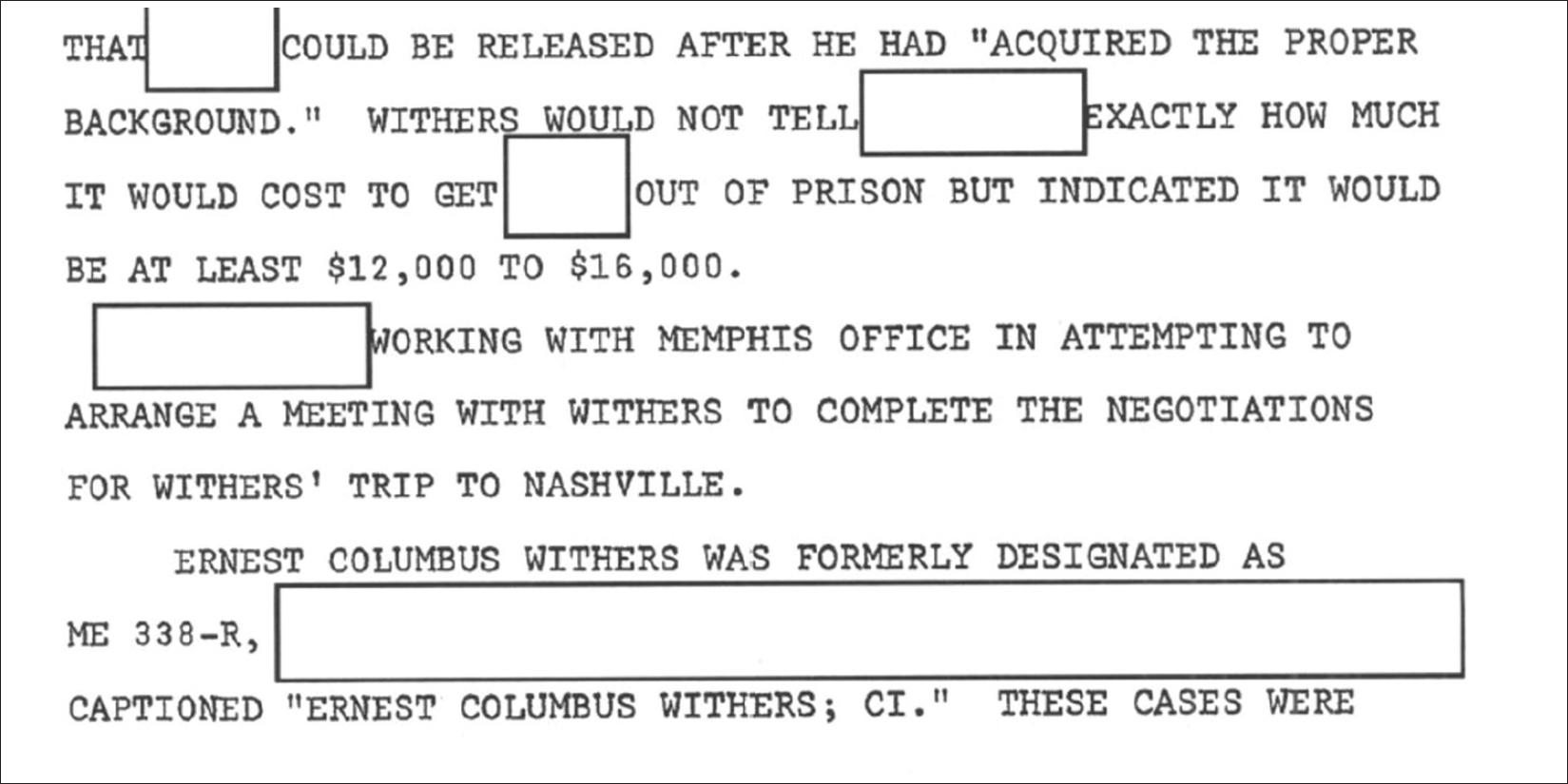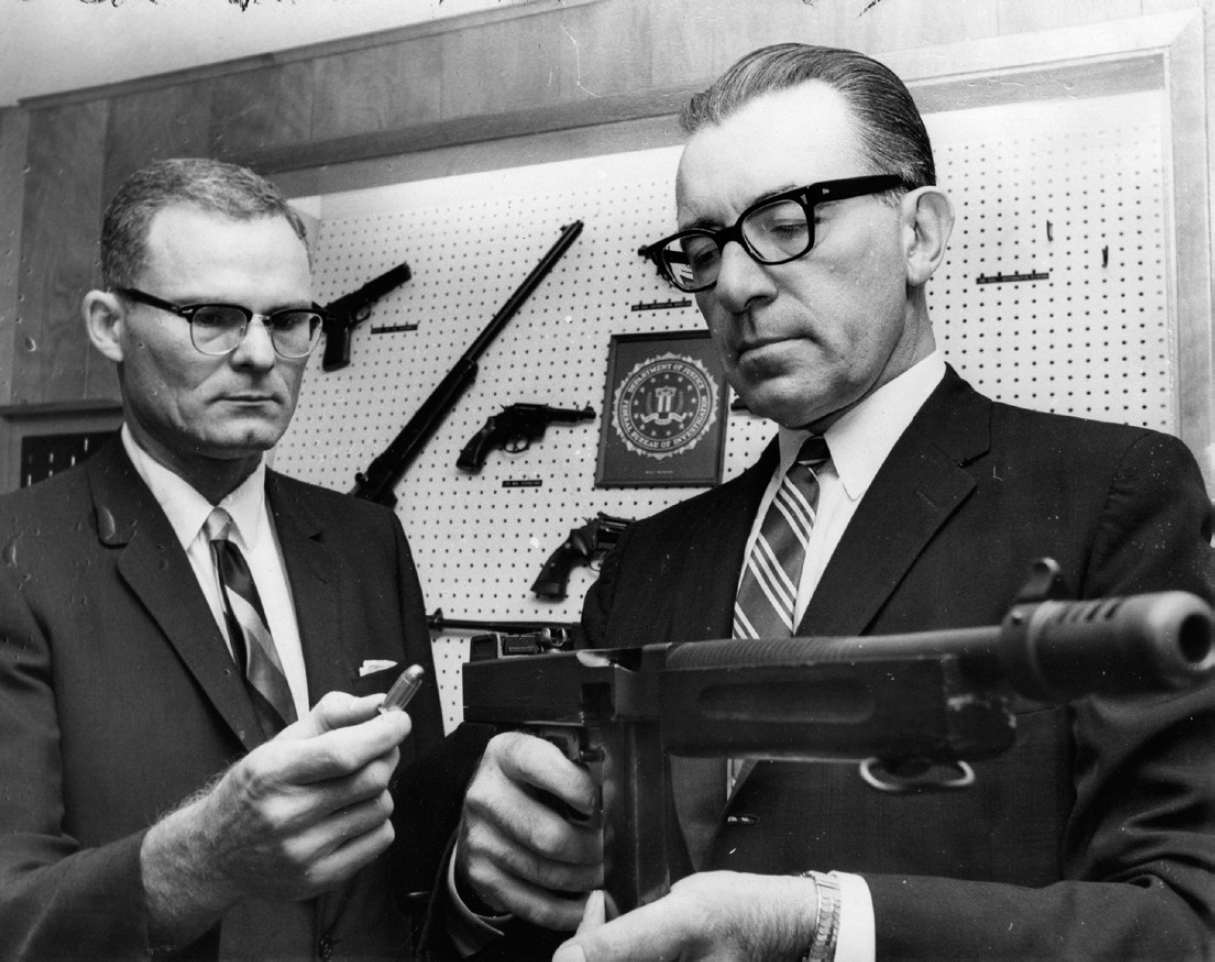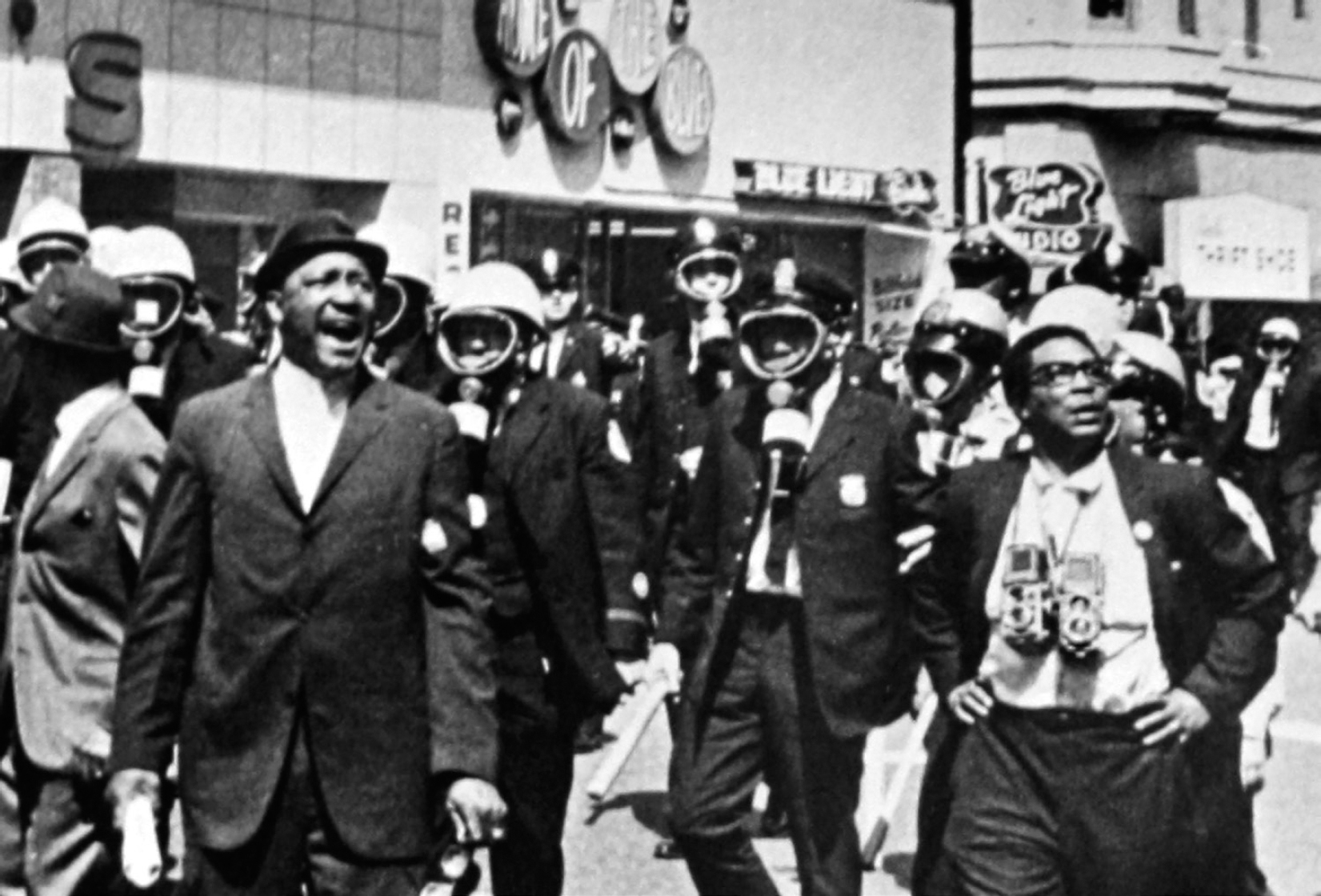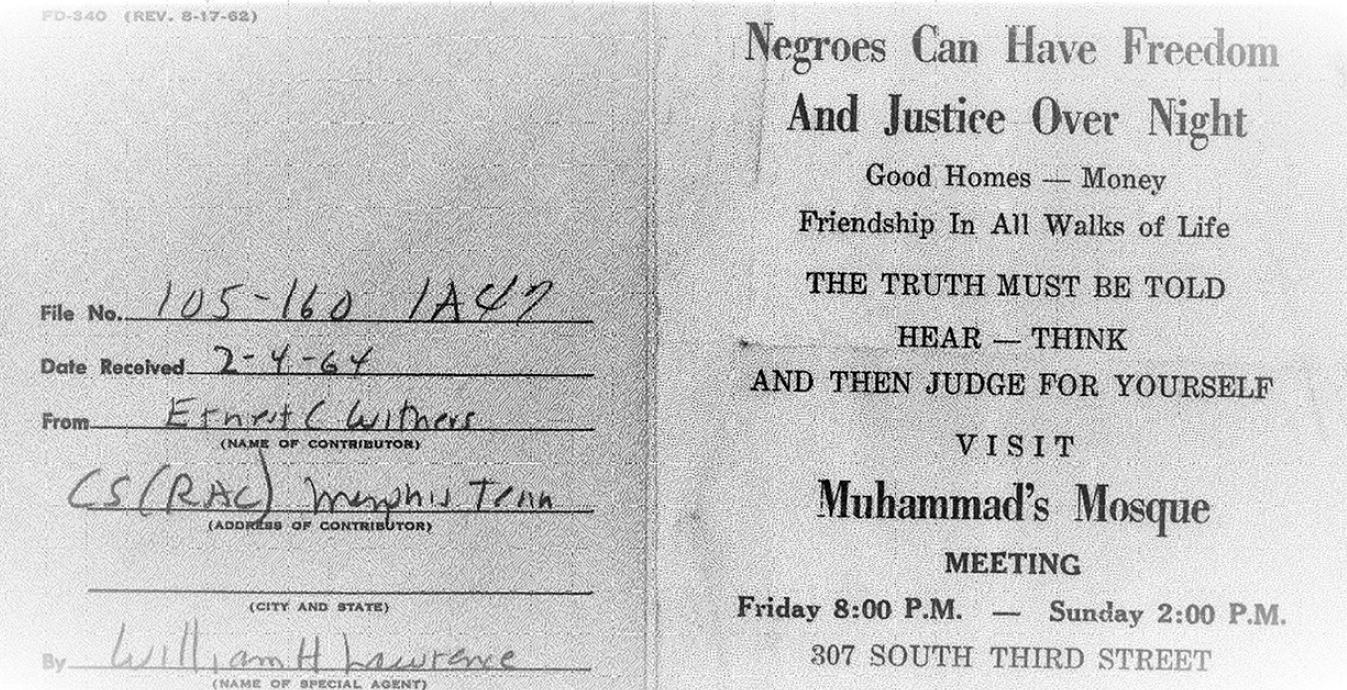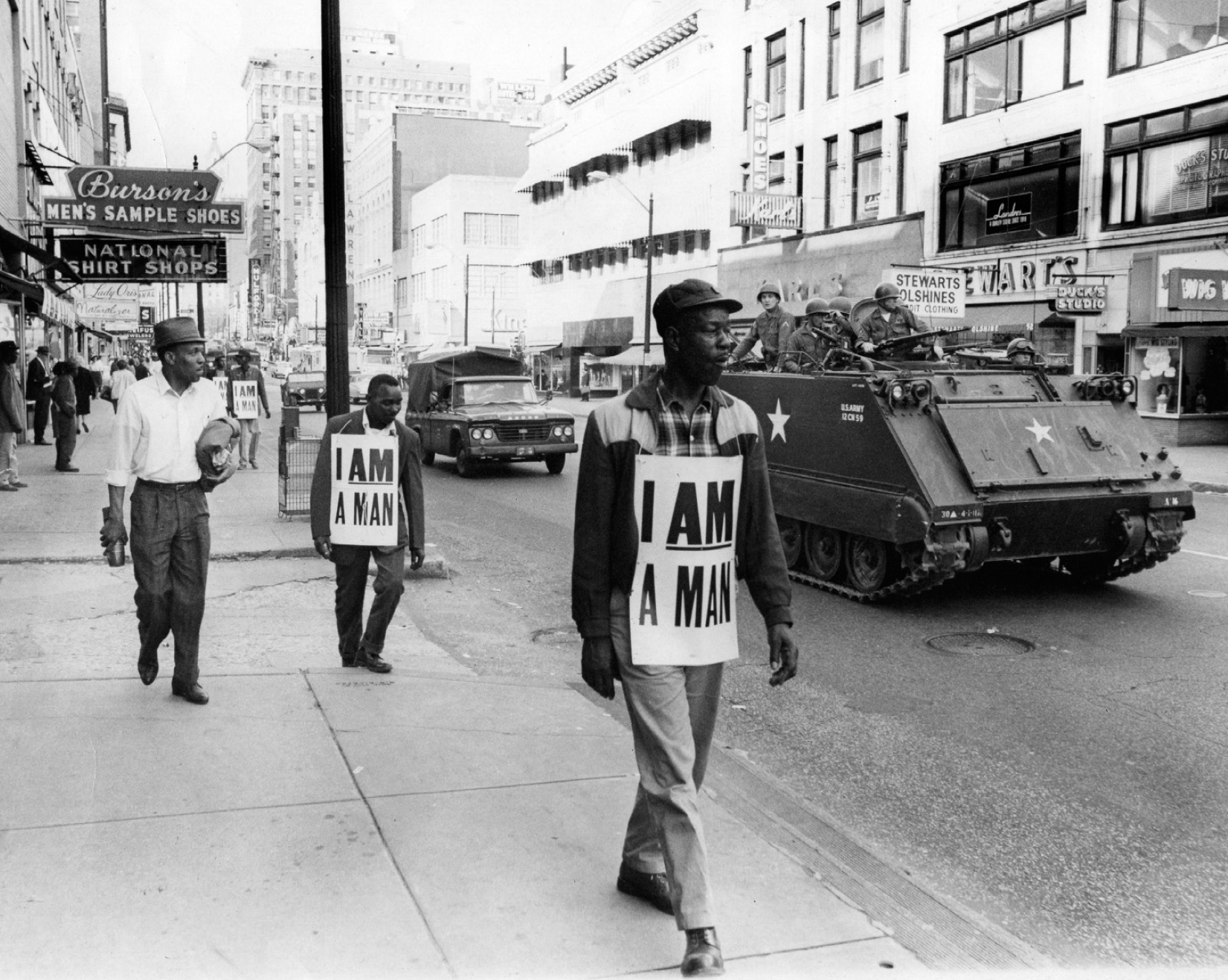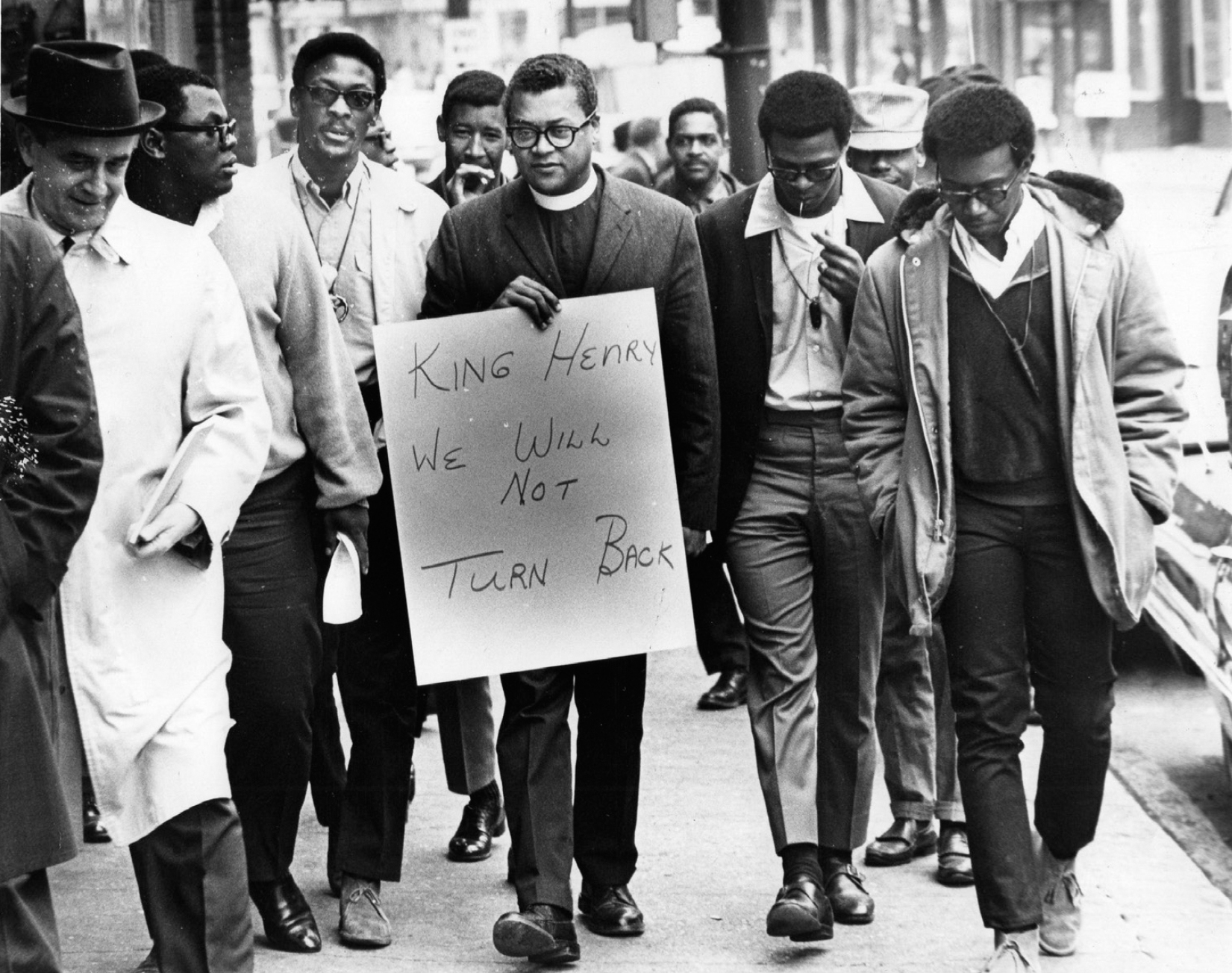Contents
A SPY IN CANAAN
Copyright Marc Perrusquia, 2017
All rights reserved
First Melville House Printing: March 2018
Melville House Publishing
46 John Street
Brooklyn, NY 11201
and
8 Blackstock Mews
Islington
London N4 2BT
mhpbooks.com
facebook.com/mhpbooks
@melvillehouse
ISBN9781612193410
Ebook ISBN9781612194400
Ebook design adapted from printed book design by Richard Oriolo
A catalog record for this book is available from the Library of Congress
v5.2
a
Deputy Ben Selby frisks Ernest Withers as he enters the Tallahatchie County Courthouse in September 1955 for the trial of Roy Bryant and J. W. Milam, accused of murdering fourteen-year-old Emmett Till. Though both later confessed in a paid magazine article, the two half-brothers were acquitted by an all-white jury. Credit: The Commercial Appeal.
Withers (front with camera) walks with Dr. Martin Luther King, Jr., in Mississippi on June 7, 1966, in the March Against Fear following the sniper wounding there of James Meredith. Among those in the photo are Floyd McKissick (in back, second from left), head of the Congress of Racial Equality; King (left center); Rev. James Lawson (sunglasses and clerical collar); and Stokely Carmichael (head bowed). Credit: Fred Griffith, The Commercial Appeal.
Ernest Withers (far right) and musician Ben Branch chat with a shotgun-wielding lawman at the Lorraine Motel on April 4, 1968, shortly after Dr. Martin Luther King, Jr., was shot by a sniper there. Branch was speaking with King from the parking lot below the balcony seconds before King was shot. Credit: Preservation and Special Collections Department, University Libraries, University of MemphisPress Scimitar collection. By William Leaptrott.
This passage from a 1977 FBI report opened the door to revealing Witherss secret life as an informant. The document, released in 2009 through the Freedom of Information Act, was written when Withers was under investigation in a corruption probe. The report references Withers previous life in the 1960s as racial informant ME 338-R. Credit: FBI files.
William H. Lawrence, left, poses with fellow FBI agent E. Hugo Winterrowd in 1965. Lawrence ran the FBIs domestic intelligence operations in Memphis over two decades and controlled informant Ernest Withers. Credit: Preservation and Special Collections Department, University Libraries, University of MemphisPress Scimitar collection. By William Leaptrott.
Withers, right, is pushed back by police in riot gear on March 28, 1968, as violence disrupts a demonstration led by Dr. Martin Luther King, Jr., in downtown Memphis. Credit: Preservation and Special Collections Department, University Libraries, University of MemphisPress Scimitar collection.
Special agent William H. Lawrence relaxes at home with his basset hound, Bertha. Credit: Courtesy of Betty Lawrence.
Starting in 1961, Withers helped monitor the Nation of Islam, a religious sect viewed by the FBI as a national security threat. He gave an agent this handbill (right) in 1964, advertising a rally at a Memphis mosque. An evidence slip (left) shows the photographer was operating then as a Confidential Source in Racial Matters, an FBI program which kept suspicious watch over black America. Credit: FBI files.
Demonstrators defy the National Guard occupation in Memphis following the March 28, 1968, melee that erupted during Kings march. Credit: Preservation and Special Collections Department, University Libraries, University of MemphisPress Scimitar collection. By Ken Ross.
Rev. James Lawson marches in downtown Memphis surrounded by militant activists. To his right is Invaders leader John B. Smith. Over Lawsons left shoulder, Memphis Police Department Detective Ed Redditt follows. Credit: Preservation and Special Collections Department, University Libraries, University of MemphisPress Scimitar collection. By William Leaptrott.
In January 1969 Withers gave the FBI a spiral-bound notebook maintained by the Invaders that detailed the militant organizations financial information as well as names and phone numbers of its sympathizers and associates. Domestic intelligence agents often funneled phone numbers to telephone company sources to search toll charges in hopes of ascertaining a subjects associates. Credit: FBI files.
William H. Lawrences handwritten notes from November 1978. The then-retired agent had spoken with Withersreferenced here as 338 Ras he was heading to testify in closed session to a congressional committee re-examining Dr. Martin Luther King, Jr.s, assassination in Memphis. Lawrence writes that he warned the photographer not to mislead the committee about his informing.
Lawrences handwritten notes reveal his subtle witness coaching. He suggested that Withers tell the committee that his cooperation with the FBI was based onthe peaceful and effective preservation of the civil rights movement. Credt:



